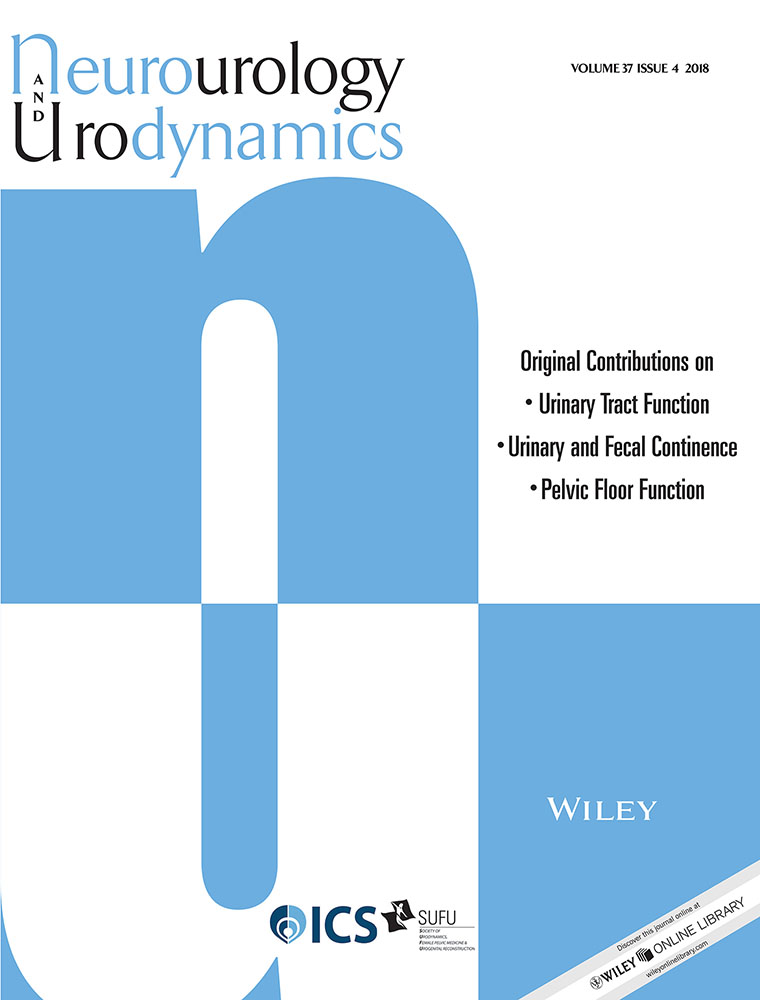Medication use and association with urinary incontinence in women: Data from the Norwegian Prescription Database and the HUNT study
Abstract
Aims
To investigate the association between medication use and urinary incontinence (UI) in women.
Methods
In a cross-sectional population-based study we analyzed questionnaire data on UI, including type and severity, from 21 735 women included in the Nord-Trøndelag Health Study (HUNT) in Norway. These data were linked to data on filled prescriptions retrieved from the Norwegian Prescription Database. A multivariate logistic regression model was used to calculate the odds for having UI related to the number of filled prescriptions for selected drug groups during the 6 months prior to participation in HUNT, after adjustment for numerous confounding factors.
Results
Significant associations with UI were found for selective serotonin reuptake inhibitors (SSRIs) and lamotrigine with OR 1.52 (1.30-1.78) and 2.73 (1.59-4.68) for two or more filled prescriptions. Both for SSRIs and lamotrigine, the associations were pronounced for mixed UI, whereas there were no clear-cut increased risk of stress UI and urgency UI. The relations were strongest in women with the most severe symptoms. One filled prescription of antipsychotics, but not two or more, was also found to be related to UI with OR 1.91 (1.35-2.71). No associations were found for benzodiazepines, zopiclone/zolpidem, beta blockers, and diuretics.
Conclusions
The odds for having UI were found to be about 1.5-fold in women using SSRIs and almost threefold in women using lamotrigine. The association with lamotrigine has not been reported previously, and should be further evaluated in future studies.




